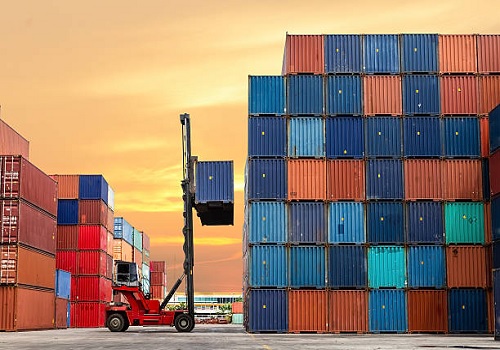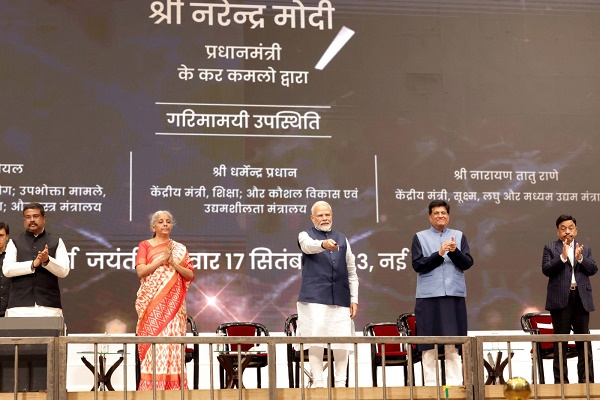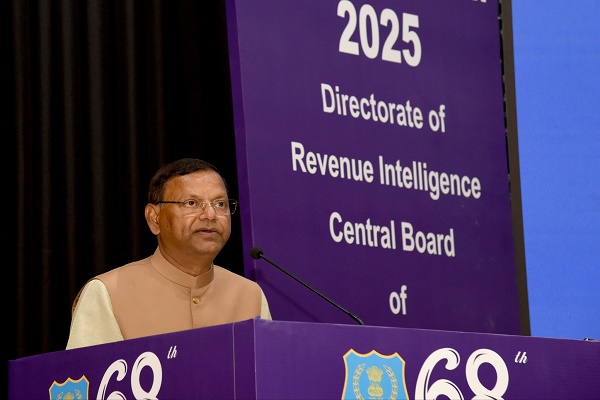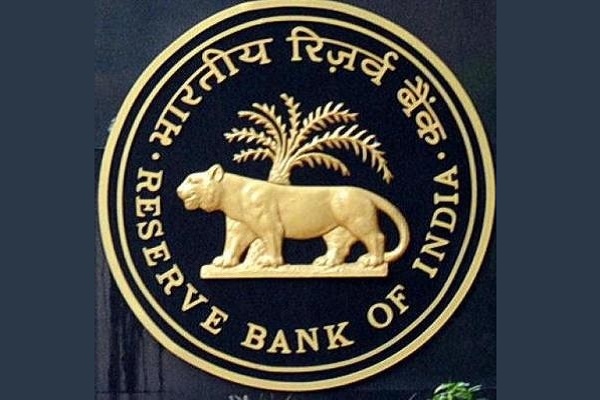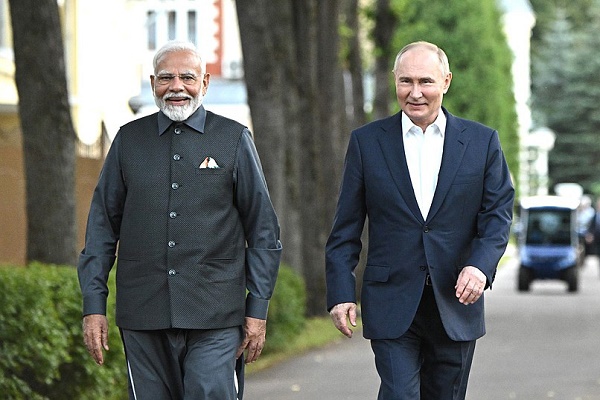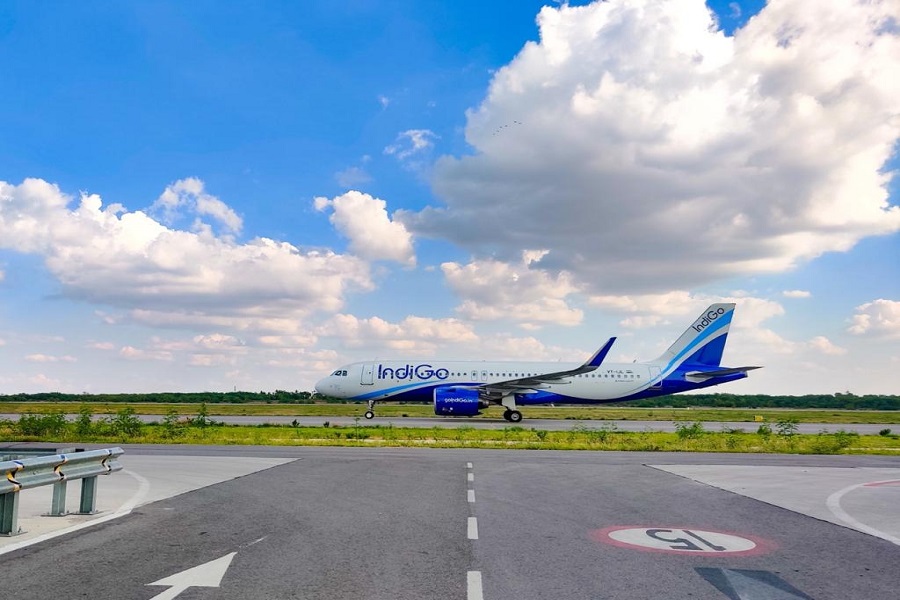Gas Utilities: CNG conundrum: Rising vehicles, weak volumes By Kotak Institutional Equities
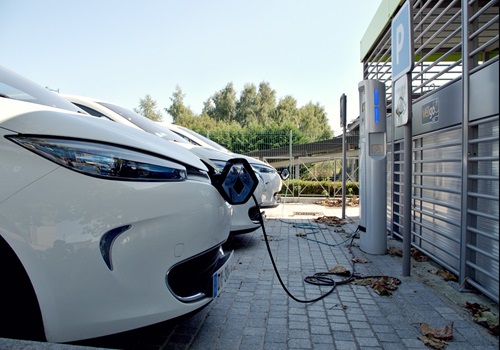
CNG conundrum: Rising vehicles, weak volumes
India’s monthly CNG vehicle addition pace has increased from 35-40k pre-pandemic to 60k in FY2023, and 75k+ in FY2024. In contrast, CGD sector’s gas volume growth has been tepid. We delve deeper on CNG additions in key vehicle segments. In our assessment, the vehicle additions are higher on increased CNG availability and more CNG vehicle variants. But volume growth is weak as public transport vehicles (buses, autos and taxis) aren’t growing. CNG’s price advantage versus petrol/diesel is lower. And, EV/battery share is rising. We downgrade both IGL and MGL to SELL (from REDUCE).
Overall CNG vehicle additions rate doubles; remains resilient in Delhi/Mumbai
As per Vahan registration data, compared to average 410k over FY2016-19, India’s CNG vehicle additions have nearly doubled (750k in FY2023, ~700k in 9MFY24). The increase is driven by increased CNG coverage with many new CGDs starting operations, better availability due to more CNG outlets, and also more OEMs focusing on CNG variants. Even for mature markets such as Delhi and Mumbai, recent vehicle addition is resilient driven by higher 4W-PV/CV sales.
However, CGDs’ gas consumption growth slows despite greater CNG availability
PPAC’s monthly data indicates no growth in CGDs’ domestic gas usage (despite priority allocation for HPHT gas as well), and modest recovery in LNG usage since early 2023. Despite 5X growth in CNG stations since FY2017, CNG volume increased by modest ~2.3X. Further, CNG volume growth has declined from ~14% CAGR over FY2017-23 to modest ~9% yoy in 1HFY24. The growth is weaker for relatively mature GAs, with ~3.3% yoy CNG volume growth for IGL in 1HFY24 (versus 11-13% pre-pandemic), and 0.3% yoy decline for MGL (versus 5-6% earlier). Even for the states with new CGD networks, volume growth has considerably slowed, despite improving CNG availability.
CNG conversion slows for higher usage categories; EV impacts most segments
While CNG vehicle additions look strong optically, there is slowdown in conversion of high usage vehicles. Addition of CNG buses is particularly slow, and in areas such as Delhi/Mumbai, incremental bus addition is majorly EV buses. The 3W segment has seen wide adoption of electric/battery-based e-rickshaws across the country, with Mumbai being notable exception so far. In past two years, commercial vehicles (particularly light goods vehicles) had seen strong switch to CNG (more OEM models, diesel vehicles expensive post BS-VI). But CV conversion has also slowed down. In our view, while 4W PV numbers are strong, these will likely be driven by private users, with lower daily usage.
CNG’s advantage to keep eroding; peak of growth/margins behind
We continue to highlight that CGDs’ gas costs will progressively increase due to a combination of (1) rising APM shortfall, (2) higher share of new APM wells (20% premium) and (3) gradual increase in ceiling price. With weak volumes, price hikes are as such difficult. In our view, any retail diesel/petrol price cut will further weaken CNG’s advantage. We believe both IGL’s and MGL’s unit margins have likely peaked and volume growth would likely remain weak.
EV a key long-term threat; impact to progressively rise
In our view, with large share of EV/battery-based e-rickshaws addition over the past few years, CNG volumes for 3W segment are already declining. Even in the bus segment, both Delhi and Mumbai EV bus additions are now outpacing CNG bus additions. In past three years, Mumbai/Delhi have added about 900/1,100 EV buses. With existing CNG buses retiring in Mumbai, the government has plans to add further 2,400 electric buses. Delhi government has talked of plans to have 80% of its fleet on EV by 2025. Delhi government’s 2023 policy for aggregator/delivery vehicles proposes a rising share of EVs in incremental addition, with 100% EVs by 2030 and would weigh on CNG demand.
IGL: Downgrade to SELL with revised FV of Rs390
Our FY2024E earnings are higher by 2% on higher other income, while we raise our FY2025-26E earnings by modest 1-2% for IGL. We raise our DCF-based FV to Rs390 (from Rs375 earlier) as higher near-term earnings, roll-forward and lower WACC at 12% (versus 12.5%) are partly offset by lower terminal growth rate of 2.5% (versus 3.5% earlier). However, we downgrade IGL to SELL (from REDUCE) post the recent strong run-up (IGL +13% since November 2023) and also weakening long-term outlook for the key CNG business.
MGL: Downgrade to SELL with revised FV of Rs1,050
Driven by strong unit margins, our FY2024E EPS increases by 18%, while we raise our FY2025-26E EPS by ~6-7% on likely higher near-term volume (contribution from newer GAs). After a strong FY2024 (on elevated margins in 1HFY24), we expect unit margins to normalize at ~Rs9-9.5/scm in the medium to long term.
We raise our DCF-based FV to Rs1,050 (from Rs975 earlier) on higher near-term earnings, roll-forward and lower WACC at 12% (versus 12.5%). However, we downgrade MGL to SELL (from REDUCE) as the recent run-up has been strong (MGL +25% since November 2023, versus +13% for IGL) and also long-term outlook for the key CNG business is getting weaker.
Above views are of the author and not of the website kindly read disclaimer


